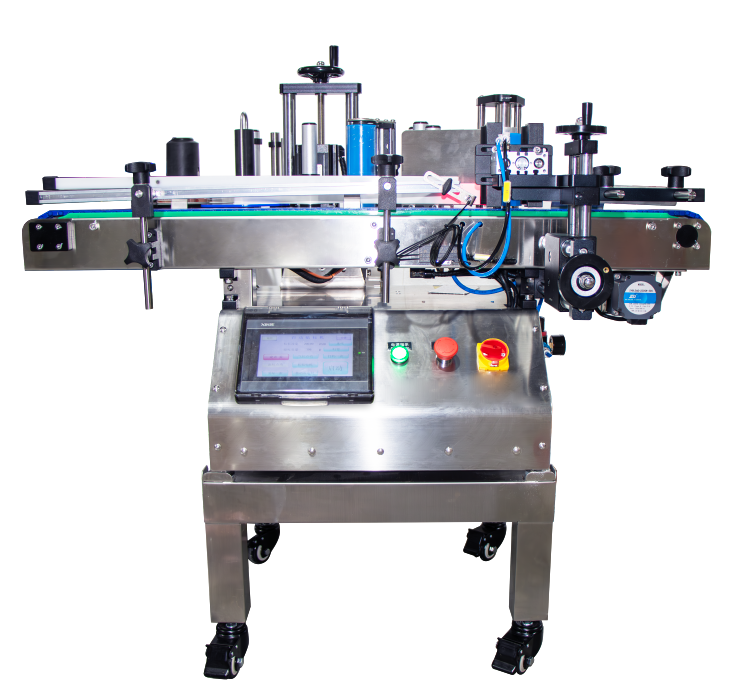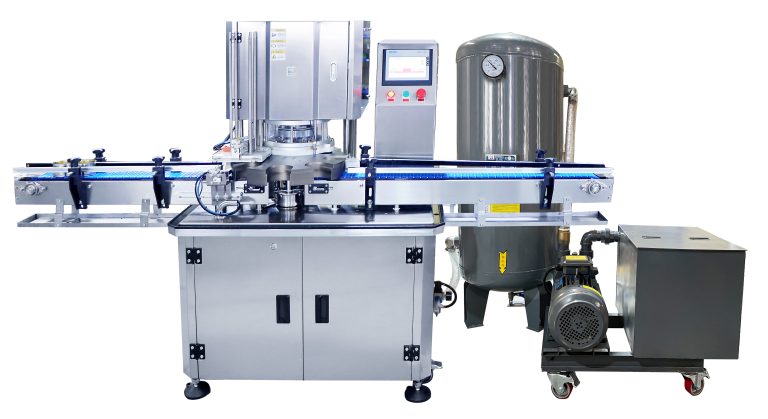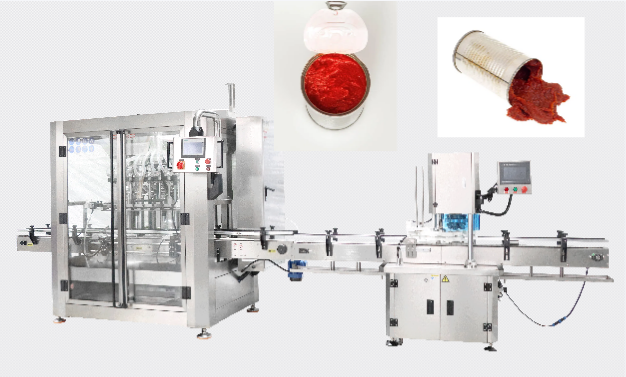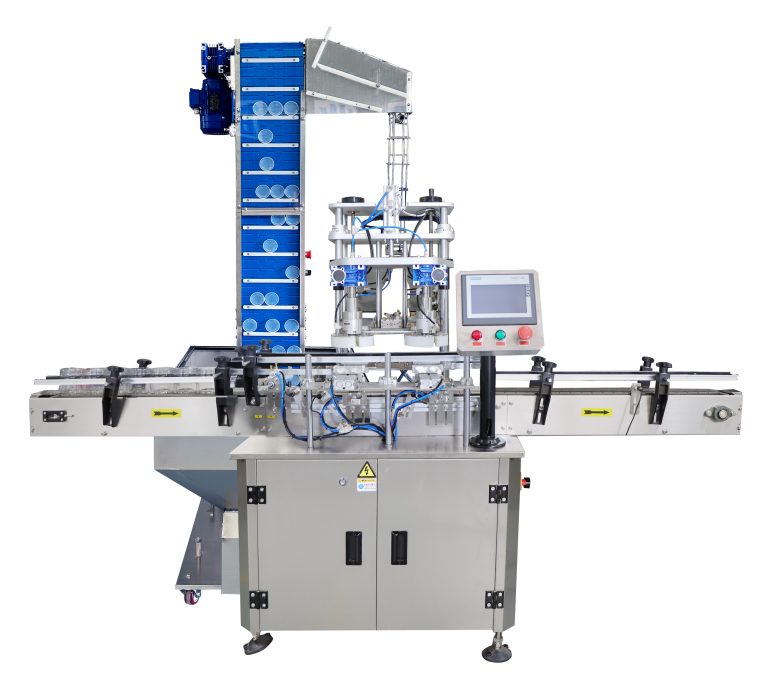In the world of packaging granular products, the choice between multi – head weigher granule filling machines and traditional filling methods is a crucial decision for businesses. Each approach has its own set of characteristics, and understanding their differences can help determine which option is more suitable.
Table of Contents
Accuracy
Multi – Head Weigher Granule Filling Machines
These machines are renowned for their high – level of accuracy. They use advanced load cells and intelligent weighing algorithms. The load cells can precisely measure the weight of the granules in each weighing head, and the algorithms quickly calculate the optimal combination to achieve the target weight. For example, in the pharmaceutical industry, where the dosage of granular medications must be exact, multi – head weighers can ensure that each package contains the precise amount of product, with a very low margin of error, often within a few grams or even less depending on the product and machine specifications.
Traditional Filling Methods
Traditional methods, such as manual filling or using simple volumetric filling devices, are generally less accurate. Manual filling relies on the operator’s judgment and dexterity, which can lead to significant variations in the amount of product filled in each package. Volumetric filling assumes a consistent density of the granules, but in reality, the density can vary due to factors like particle size, shape, and moisture content. This can result in packages with inconsistent weights, which may not meet quality control standards or customer expectations.
Productivity
Multi – Head Weigher Granule Filling Machines
Multi – head weighers are designed for high – speed operation. With multiple weighing heads working simultaneously, they can fill a large number of packages in a short period. For instance, a machine with 10 or more weighing heads can fill hundreds or even thousands of packages per hour, depending on the product and the machine’s configuration. This high productivity is a major advantage for large – scale production facilities that need to meet high – volume demands.
Traditional Filling Methods
Traditional methods are often much slower. Manual filling is labor – intensive and limited by the speed at which an operator can work. Even volumetric filling machines may have a relatively low filling rate compared to multi – head weighers. This can be a bottleneck for businesses with high production requirements, leading to longer production times and potentially higher costs.

Cost – Effectiveness
Multi – Head Weigher Granule Filling Machines
Although the initial investment in a multi – head weigher granule filling machine can be relatively high, it can lead to long – term cost savings. By reducing product waste through accurate weighing, businesses can save on raw materials. Additionally, the high productivity of these machines means that more products can be produced in less time, increasing the overall output per unit of time. This can result in lower production costs per package in the long run.
Traditional Filling Methods
Traditional methods may have a lower upfront cost, especially in the case of manual filling, which only requires basic tools. However, the inefficiencies in accuracy and productivity can lead to higher costs over time. The waste of raw materials due to inaccurate filling and the longer production times can increase the overall cost of production per package.
Versatility
Multi – Head Weigher Granule Filling Machines
These machines are highly versatile. They can handle a wide variety of granular products, regardless of their size, shape, or density. Whether it’s fine powders like sugar or large pellets like pet food, the multi – head weigher can be adjusted to accommodate different types of granules. They can also be easily integrated with various types of packaging equipment, such as bagging machines, cartoning machines, and bottling machines, allowing for flexible packaging options.
Traditional Filling Methods
Traditional methods may have limitations in terms of versatility. Manual filling may be difficult to adapt to different types of granules or packaging requirements. Volumetric filling machines may also have restrictions on the types of products they can handle, especially if the density of the granules varies significantly.
Maintenance and Labor Requirements
Multi – Head Weigher Granule Filling Machines
While multi – head weighers require regular maintenance to ensure optimal performance, modern machines are designed with user – friendly interfaces and self – diagnostic systems. This makes maintenance relatively straightforward, and in many cases, operators can perform basic maintenance tasks. The machines also reduce the need for a large labor force, as they can operate with minimal human intervention once set up.
Traditional Filling Methods
Manual filling requires a significant amount of labor, which can be costly and may be subject to human error. Volumetric filling machines may also require more manual adjustments and monitoring compared to multi – head weighers. Maintenance of traditional equipment may be more complex in some cases, especially if it involves mechanical parts that are prone to wear and tear.
In conclusion, multi – head weigher granule filling machines generally offer significant advantages over traditional filling methods in terms of accuracy, productivity, cost – effectiveness, versatility, and labor requirements. While the initial investment may be higher, the long – term benefits make them a more attractive option for most businesses, especially those with high – volume production needs and a focus on quality control. However, in some small – scale or specialized applications, traditional filling methods may still have a place.






